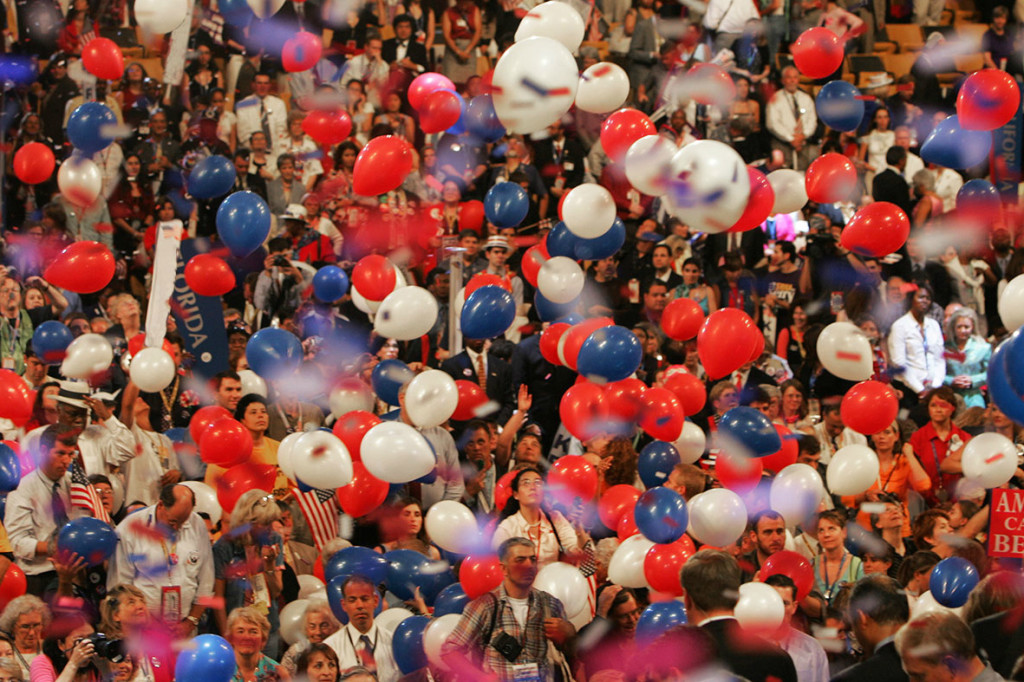Should the current process of nominating presidential candidates with primaries and caucuses be reformed?
Presidential primary elections and caucuses are part of the nominating process of U.S. presidential elections. Each state and U.S. territory holds either a primary election or convenes a caucus. This process was never included in the Constitution; instead, it was created over time by the major political parties. These primaries and caucuses are held generally between January and June, before the general election in November. A state’s primary election or caucus is usually an indirect election: instead of voters directly selecting a particular person running for President, they determine how many delegates each candidate will receive from their respective state at their party’s national convention. The delegates from all fifty states then elect their party’s presidential nominee. Recently, there has been a growing movement within this country that seeks to reform this process. Conversely, there still remain defenders of the current system.
Use the following C-SPAN video clips, articles, and accompanying lesson plan to help your students learn more about the election process and deliberate the effectiveness of the current system.



